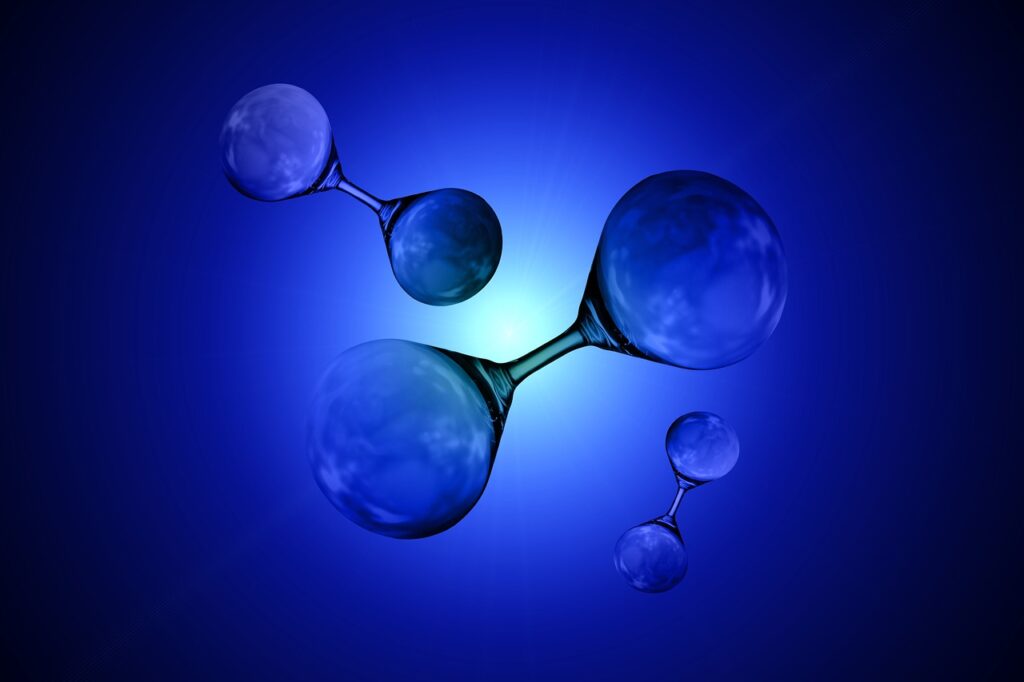Current analyses project that global energy demands will increasingly tilt towards renewable sources such as solar and wind, further fueled by the ambition to mitigate the impacts of climate change.
A related boom in green hydrogen production is foreseeable, with alkaline water electrolysis standing at the forefront due to its perceived cost advantage and minimized environmental footprint. However, the method’s economic feasibility remains contentious, hindered by high initial capital outlays and questions around operational optimization.
Recent findings have demonstrated a model wherein an alkaline water electrolyzer (AWE) utilizes a NaOH-based electrolyte. This setup achieves notable energy efficiency benchmarks and hydrogen purity levels of nearly 99.78%. The acid test for such a model’s longevity and widespread adoption hinges on these efficiency improvements translating to reduced operational expenditures without compromising hydrogen quality.
A core impetus behind the push for AWE technology is the sustained growth in renewable capacity. Wind energy alone contributed significantly to the renewable energy portfolio over the last decade. This mirrors global trends, where increasing interest in decarbonizing energy systems by the mid-century mark has placed hydrogen, the most abundant molecule, as a keystone in policy and industrial frameworks.
Alkaline water electrolysis has a rich history, celebrated for its maturity in the hydrogen production landscape. Nevertheless, the method is not without criticism—its current economics have pushed the technology to the periphery relative to competing methods. Literature insights extracted from a techno-economic study reveal that moderate scalability of electrolyzer cell configurations and precisely managed operating conditions can help bridge these economic gaps. Specifically, when the cell setup spans 0.2 m² with 13 cells at 0.55 A/cm² and 55°C, the hydrogen output regularity increases significantly.
Furthermore, the existing framework—though promising—often neglects the critical exploration of various temperature and current density interactions, which directly dictate the efficiency gradients achievable within this spectrum. Reported degradations in capital requirements, to the scale of 1.49%, coupled with reduced operational expenditure down by 11.14%, are evidenced as temperature fluctuations are controlled more rigorously.





